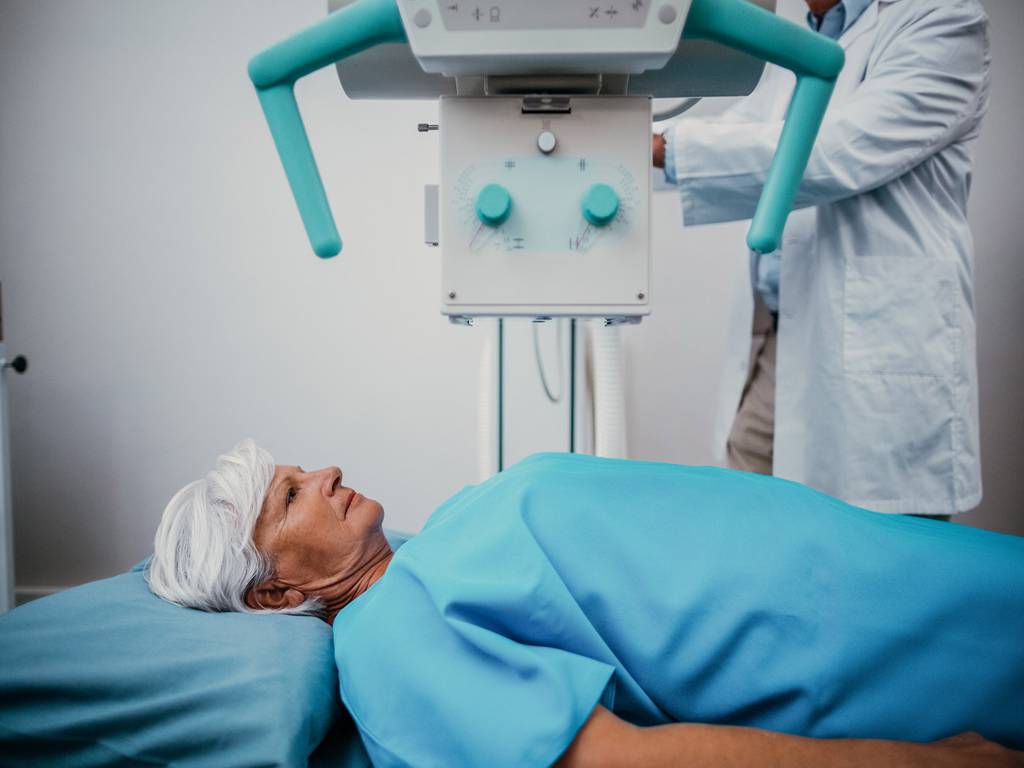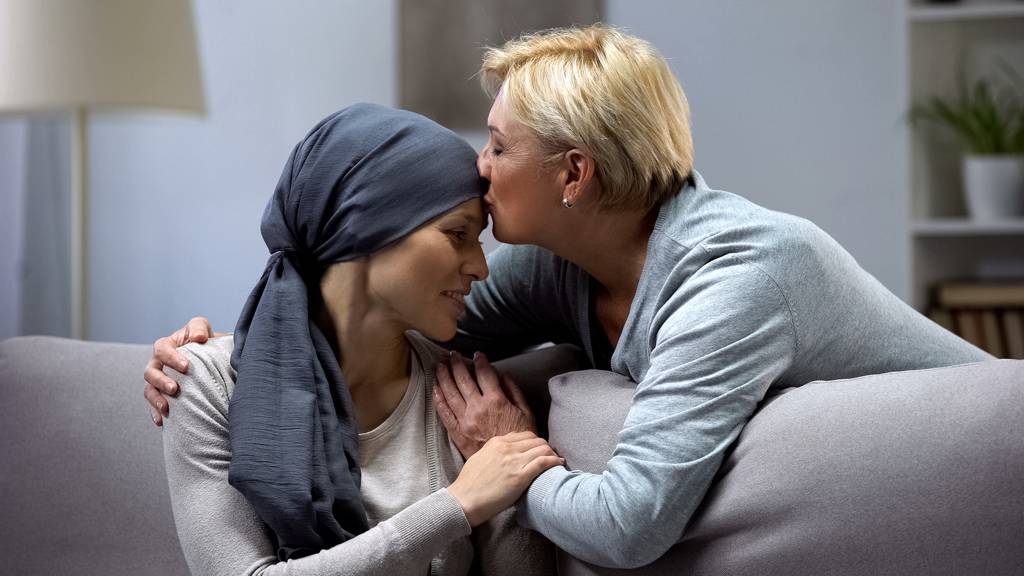Owing to the innovation of antibiotics and vaccines, the average life expectancy has increased over the decades. However, this comes at the cost of rising cancer prevalence, because cancer is mainly a disease of advanced age. Cancer is arguably the real pandemic of this century. There were nearly 10 million cancer deaths and about 18 million new cases in 2018 worldwide.
This probes the question:
What can the current conventional cancer care strategies do against such alarming rises in new cases and deaths?
Conventional cancer care presently has five accepted therapeutic strategies: Surgery, radiotherapy, chemotherapy, hormonal therapy, and immunotherapy. Over the decades, progressing technology and research has led to improvements in each of these cancer therapy modalities. As a result, the 10-year cancer survival rate had increased from 25% in 1970 to 50% in 2010, and continues to rise. However, worldwide cancer cases and cancer deaths are rising, probably due – in part – to increasing life expectancy, but majorly because of an accumulating chronic disease burden from many factors, including:
- Medical conditions such as chronic infection, obesity, or diabetes mellitus
- Poor lifestyle choices such as smoking cigarettes, physical inactivity or over-consumption of alcohol or calorie-dense foods
- Exposure to toxins, antibiotics or hormones found in water and food
- Exposure to carcinogenic environmental pollutants or radiation
- Prior cancer treatment, particularly chemotherapy and radiotherapy, that induces secondary cancers
Treatment-related new cancer cases happen in about 6-10% of the patients, depending on cancer type and follow-up duration. This would mean that between 1 to 1.8 million of the 18 million new cancer cases in 2018 were caused by prior cancer treatments, reflecting an apparent flaw in the present cancer treatment strategy.
A late manifestation of the cancer disease is the appearance of visible tumors, which are caused by abnormal cancerous cell growth in a specific tissue often resulting in enlargement. Removing or killing such localized tumors by surgical excision or radiation is commonly believed to cure the cancer. However, this viewpoint is incomplete and probably one of the reasons for the high failure rate in conventional cancer care. The visible tumor is only the end-result (one symptom) of an underlying cancer disease. Therefore, treating the tumor locally is merely treating the symptom of a much more complex disease. For instance, all too often, a surgeon would tell the patient, … “we got it all out” …, and the patient considers him/herself as cured. But tumor recurrence happens in about 30-50% of the patients after ‘successful surgical removal’ of the primary tumor. After all, the disease has never been addressed properly; only the symptom (i.e. the visible tumor) was treated.
With this in mind, let us proceed to understand the capabilities and limitations of each of the conventional cancer therapies today; namely, what they can and cannot do.

Surgery
If something is growing abnormally, it makes sense to cut it out. Indeed, surgical removal of tumor (i.e., enlarged tissue) was the first successful treatment of cancer surgeons attempted in the 19th century. Surgery remains a conventional method to treat solid cancers today (for example, prostate and breast cancers). However, it cannot be used for liquid cancers (for example, blood- and bone marrow cancers), or when a solid cancer have spread (metastasized) to other tissues.
During surgery, the surgeon removes the visible tumor, as well as some of the surrounding healthy tissue to create a safety margin. Sometimes, nearby lymph nodes will be removed as well and analyzed for metastatic spread of the cancer. In prostate cancer, such surgery is called radical prostatectomy; in breast cancer, it is mastectomy and lumpectomy (i.e., partial mastectomy, where only a portion of the breast is excised).
Radiotherapy
Within a year of the discovery of X-rays in 1896, physicians started using X-rays to treat breast cancer. However, radiotherapy was not very successful at that time due to insufficient knowledge of how radiation works. As science progresses over the decades, professionals now understand how radiotherapy is best used to treat cancer.
Radiotherapy relies on ionizing radiation, such as X-rays and radioactive materials (e.g., iodine, iridium, lutetium), to kill dividing cells by damaging its DNA. Since cancer cells divide much faster than normal cells, they are more susceptible to radiation killing. Types of radiotherapy commonly used to treat prostate and breast cancer are external-beam radiation and in selected cases brachytherapy. In external-beam radiotherapy, a machine delivers radioactive rays onto the tumor. Brachytherapy involves implanting radioactive materials in the form of small seeds, wires, or catheters inside or near the tumor.


Chemotherapy
Chemotherapy means using cytotoxic chemical compounds to kill cancer. They can be considered as anti-cancer drugs. Its first success was in 1946, when researchers repurposed mustard gas used in wars to treat lymphoma. Since then, increasingly more chemotherapy drugs have been developed and approved for medical use, and each attacks cancer differently. Some directly break DNA strands, some inhibit DNA or RNA synthesis, some block protein production, some prevent cell division, and some are better apt at entering certain organs.
For prostate cancer, such drugs include docetaxel (Taxotere), Cabacitaxel, and in rare situations also mitoxantrone, doxorubicin, vinblastine, paclitaxel. In breast cancer, common chemotherapeutic drugs include doxorubicin, capecitabine, paclitaxel, docetaxel, and carboplatin. As these drugs have their unique mechanisms of killing cancers, they are usually used in combinations for maximal efficacy. Importantly, it is also more difficult for cancer cells to develop resistance to two drug mechanisms at the same time.
Hormonal Therapy
Testosterone, estrogen, and insulin are examples of hormones that signal the cell to do something, such as triggering protein production or cell growth. Some cancer cells respond to these hormonal signals, which they exploit to fuel their growth into an enlarged tumor. Therefore, hormonal therapy aims to starve cancer cells of hormones important for their cell division or growth.
For example, androgen deprivation therapy (ADT) is used to treat prostate cancer. Over 90% of androgens are testosterone, which prostate cancer cells rely on for growth. ADT can be achieved with surgical removal of the testicles (i.e., orchiectomy) or drugs that stop testosterone production or block androgen effects on cancer cells. In breast cancer, hormonal therapy aims to reduce the effects of estrogen or progesterone on breast cancer cells. This may be done through surgery, by removing the ovaries (the place where those hormones are made) or drugs that stop hormone production and finally, drugs that block the effects of hormones directly at the cancer cell membrane level (receptor blocker).


Immunotherapy
While immunotherapy has its roots in China’s Qin dynasty period, it is only recently used to treat cancer, where drugs are used to enhance the immune system to recognize and destroy cancer cells. Indeed, our immune system has a built-in anti-tumour activity through specific immune cells (e.g., natural killer cells, macrophages, and T-cells), which recognize cancer cells as foreign entities and initiate killing. For this reason, cancers have evolved mechanisms to turn off such immune system activities as they are growing into a tumor. So, certain immunomodulators have been developed to stimulate the anti-tumor immune system.
For example, Sipuleucel-T cancer vaccine has been approved to treat metastatic prostate cancers resistant to hormonal therapy. This immunotherapy stimulates T-cells (i.e., a type of white blood cell) to attack cancer, acting similarly as vaccines that train the immune system against infectious diseases. Pembrolizumab, a so-called check-point inhibitor, is another approved immunomodulator used for advanced prostate and breast cancers with certain mutations. Several antibody-based drugs have also been approved for breast cancers, although each has their suitability designed for specific cancers subtypes.
“Patients often feel rushed into another round of treatment. This ‘actionist’ approach and ‘I need to do something’ mentally is not always wise. We encourage those patients to take a step back, zoom out and discover unexplored treatment options under better consideration of their personal needs and desires.”
Ben Pfeifer

Medical tourism
The Integrative Cancer Care team may suggest that you follow treatments that require you to spend some time in one of our partner clinics around the world.
Our Logistics & Medical Tourism Department is eager to help you organize every aspect of your journey to the selected medical institution worldwide ensuring your comfort and safety, absolute discretion, and as much luxury as you require.
High standard accommodation & transportation
We organise a customised choice for your accommodation along with transportation of your choice.
Mobile office
We can organize and arrange that your accommodation has all the facilities for you to continue to keep in touch with your office and/or family while away. Should you need the services of a private secretary, we will be happy to organize for you.
Leisure time
We can recommend restaurants, sightseeing or shopping near your treatment facility. Should you require an interpreter or personal assistant, please let us know.
Bodyguards
If you wish to have personal protection during your stay, we can organize bodyguards.
Other websites for specific types of cancer
Mesothelioma
What is Mesothelioma?
Malignant mesothelioma is a rare cancer that develops in the mesothelium, the protective linings that cover various organs.
This type of cancer most commonly affects the linings of the lungs (pleura) or abdomen (peritoneum). In rare cases, mesothelioma tumors can grow in the linings of the heart (pericardium) or testes (tunica vaginalis).
Only around 3,000 Americans are diagnosed with mesothelioma each year. The most common type of this condition is pleural mesothelioma, accounting for 80% of all cases. Peritoneal mesothelioma accounts for 10% of all cases, whereas pericardial and testicular mesothelioma make up a very small percentage of cases.
What Causes Mesothelioma?
Asbestos exposure is the only known cause of mesothelioma. Asbestos is a naturally-occurring mineral that resists exposure to fire, sound, water, and chemicals.

It is composed of millions of fibers, which bind together to create a light yet virtually indestructible material.
When asbestos products are disturbed, the fibers may be inhaled or ingested. Then, the asbestos fibers may lodge themselves into the tissue linings of various organs. Once the fibers become stuck, they damage healthy tissue. In some cases, this tissue damage causes cancerous tumors to form.



